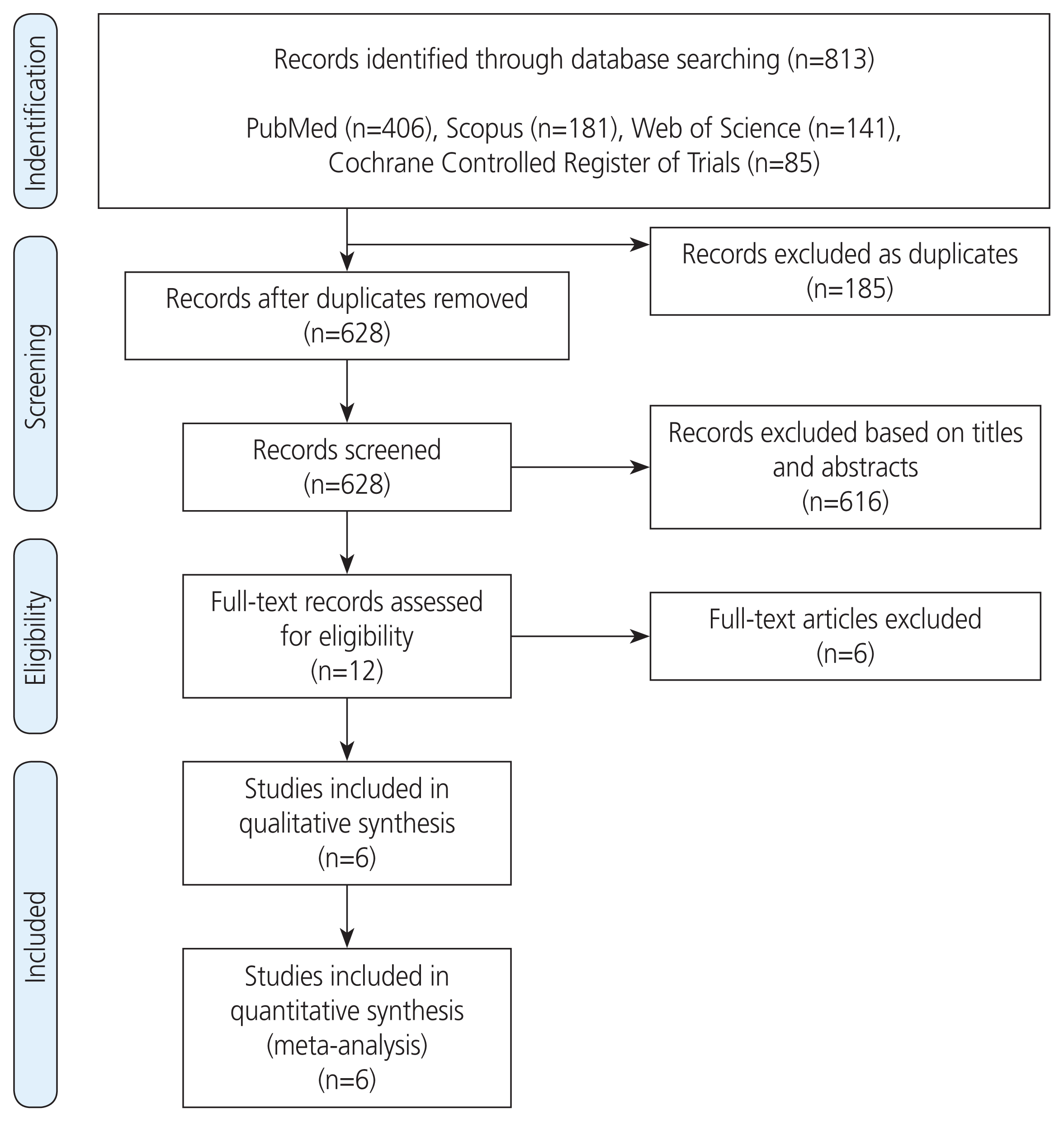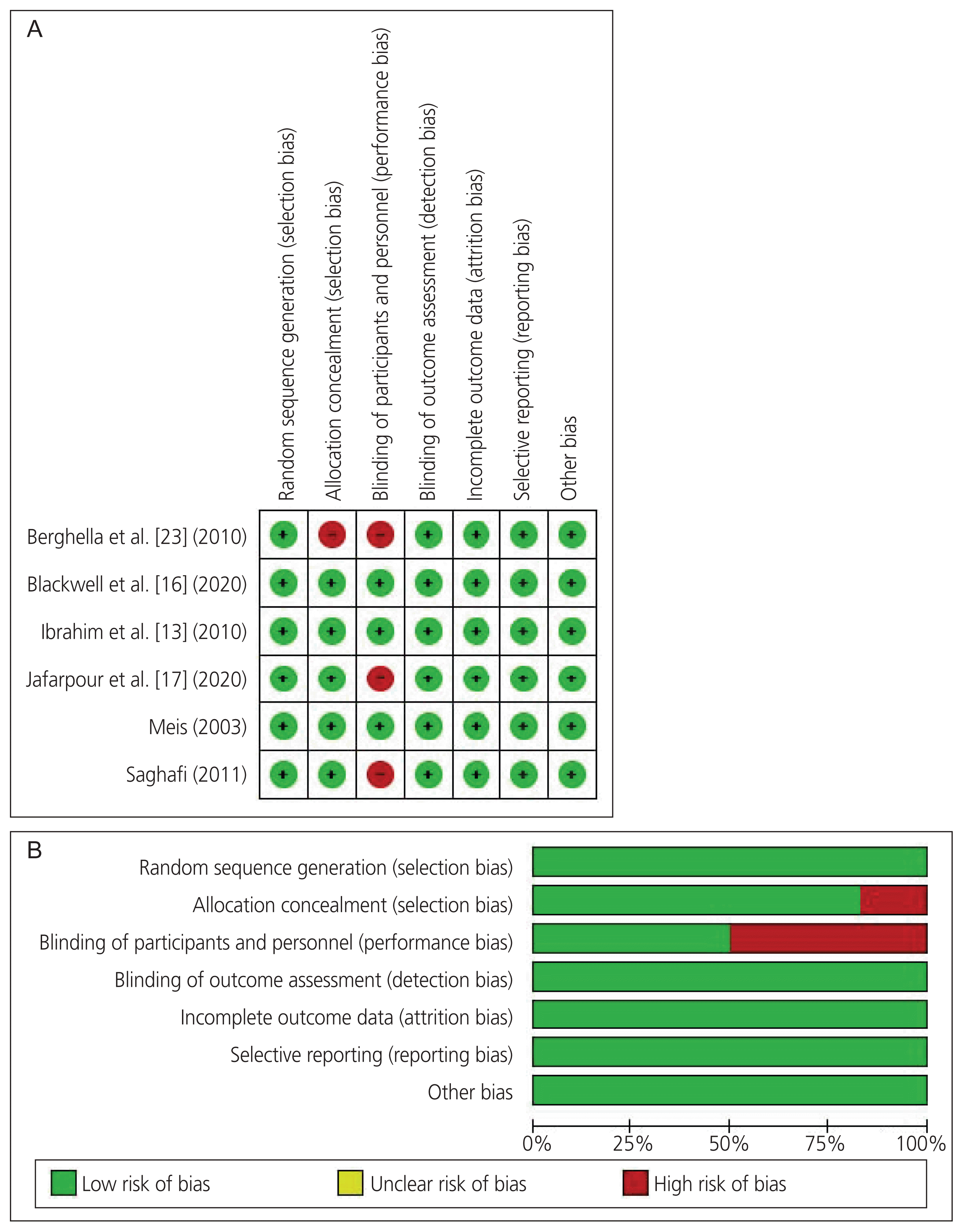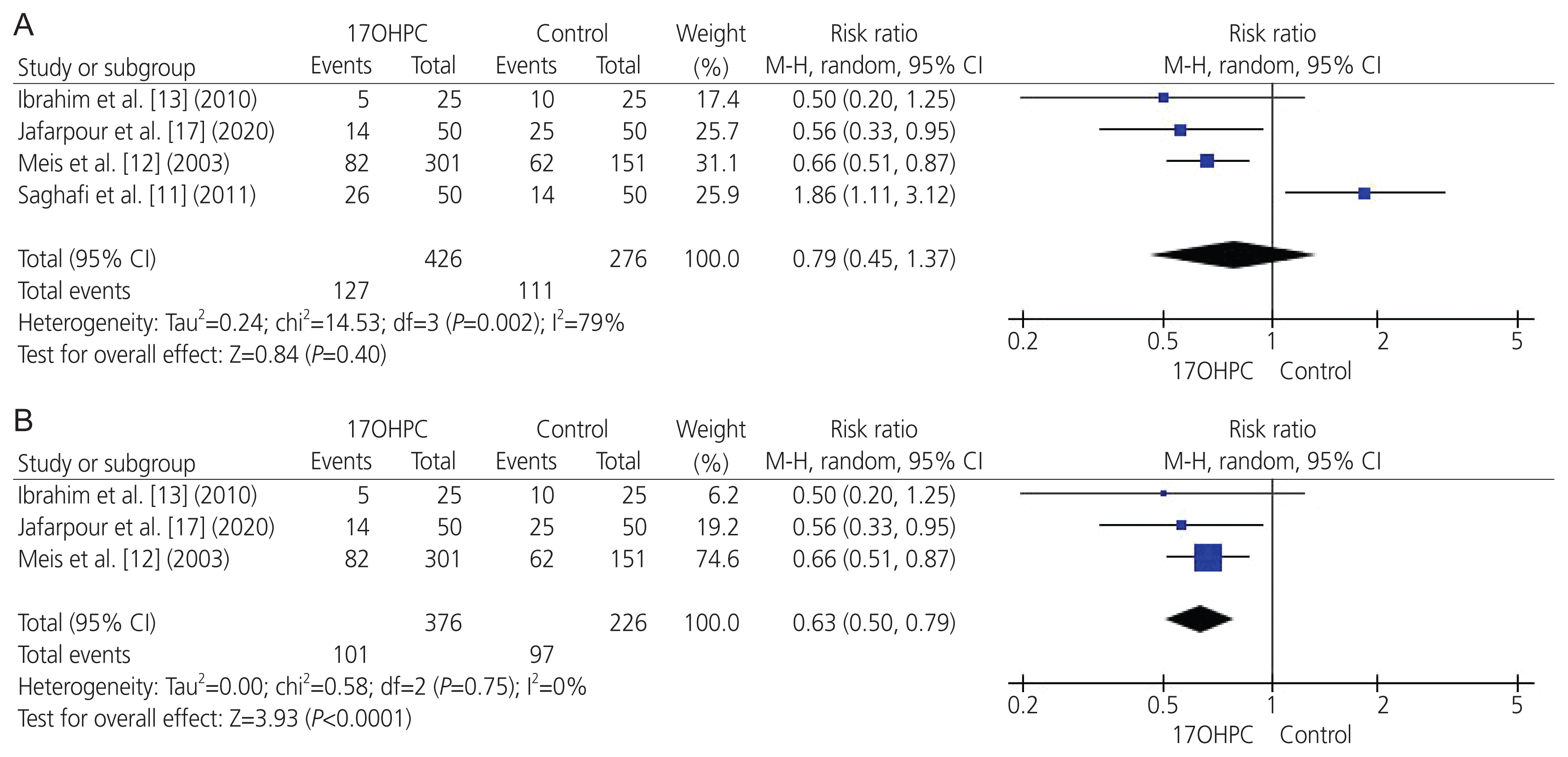1. WHO: recommended definitions, terminology and format for statistical tables related to the perinatal period and use of a new certificate for cause of perinatal deaths. Modifications recommended by FIGO as amended October 14, 1976. Acta Obstet Gynecol Scand. 1977; 56:247–53.
2. Blencowe H, Cousens S, Oestergaard MZ, Chou D, Moller AB, Narwal R, et al. National, regional, and worldwide estimates of preterm birth rates in the year 2010 with time trends since 1990 for selected countries: a systematic analysis and implications. Lancet. 2012; 379:2162–72.

3. Liu L, Johnson HL, Cousens S, Perin J, Scott S, Lawn JE, et al. Global, regional, and national causes of child mortality: an updated systematic analysis for 2010 with time trends since 2000. Lancet. 2012; 379:2151–61.

4. Romero R, Dey SK, Fisher SJ. Preterm labor: one syndrome, many causes. Science. 2014; 345:760–5.

5. Esplin MS, Manuck TA, Varner MW, Christensen B, Biggio J, Bukowski R, et al. Cluster analysis of spontaneous preterm birth phenotypes identifies potential associations among preterm birth mechanisms. Am J Obstet Gynecol. 2015; 213:429.e1–9.

6. Rubens CE, Sadovsky Y, Muglia L, Gravett MG, Lackritz E, Gravett C. Prevention of preterm birth: Harnessing science to address the global epidemic. Sci Transl Med. 2014; 6:262sr5.

7. Serra V, Perales A, Meseguer J, Parrilla JJ, Lara C, Bellver J, et al. Increased doses of vaginal progesterone for the prevention of preterm birth in twin pregnancies: a randomised controlled double-blind multicentre trial. BJOG. 2013; 120:50–7.

8. Hermans FJ, Karolinski A, Othenin-Girard V, Bertolino MV, Schuit E, Salgado P, et al. Population differences and the effect of vaginal progesterone on preterm birth in women with threatened preterm labor (.). J Matern Fetal Neonatal Med. 2016; 29:3223–8.
9. Tita AT, Rouse DJ. Progesterone for preterm birth prevention: an evolving intervention. Am J Obstet Gynecol. 2009; 200:219–24.

10. Shaamash AH, Ali MK, Attyia KM. Intramuscular 17α-hydroxyprogesterone caproate to decrease preterm delivery in women with placenta praevia: a randomised controlled trial. J Obstet Gynaecol. 2020; 40:633–8.

11. Saghafi N, Khadem N, Mohajeri T, Shakeri MT. Efficacy of 17α-hydroxyprogesterone caproate in prevention of preterm delivery. J Obstet Gynaecol Res. 2011; 37:1342–5.

12. Meis PJ, Klebanoff M, Thom E, Dombrowski MP, Sibai B, Moawad AH, et al. Prevention of recurrent preterm delivery by 17 alpha-hydroxyprogesterone caproate. N Engl J Med. 2003; 348:2379–85.

13. Ibrahim M, Mohamed Ramy AR, Younis MAF. Progesterone supplementation for prevention of preterm labor: A randomized controlled trial. Middle East Fertil Soc J. 2010; 15:39–41.

14. Grobman WA, Thom EA, Spong CY, Iams JD, Saade GR, Mercer BM, et al. 17 alpha-hydroxyprogesterone caproate to prevent prematurity in nulliparas with cervical length less than 30 mm. Am J Obstet Gynecol. 2012; 207:390.e1–8.

15. American College of Obstetricians and Gynecologists. ACOG committee opinion. Use of progesterone to reduce preterm birth. Obstet Gynecol. 2003; 102(5 Pt 1):1115–6.
16. Blackwell SC, Gyamfi-Bannerman C, Biggio JR Jr, Chauhan SP, Hughes BL, Louis JM, et al. 17-OHPC to prevent recurrent preterm birth in singleton gestations (PROLONG study): a multicenter, international, randomized double-blind trial. Am J Perinatol. 2020; 37:127–36.

17. Jafarpour H, Mousavi SJ, Mirghorbani M, Razavi AR, Atarod Z. Effect of 17 α-hydroxyprogesterone caproate on the prevention of preterm labor: a randomized controlled trial study. J Midwifery Reproductive Health. 2020; 8:2317–23.
18. Fernandez-Macias R, Martinez-Portilla RJ, Cerrillos L, Figueras F, Palacio M. A systematic review and meta-analysis of randomized controlled trials comparing 17-alpha-hydroxyprogesterone caproate versus placebo for the prevention of recurrent preterm birth. Int J Gynaecol Obstet. 2019; 147:156–64.
19. Moher D, Liberati A, Tetzlaff J, Altman DG; PRISMA Group. Preferred reporting items for systematic reviews and meta-analyses: the PRISMA statement. PLoS Med. 2009; 6:e1000097.

20. Higgins JPT, Thomas J, Chandler J, Cumpston M, Li T, Page MJ, et al. Cochrane Handbook for Systematic Reviews of Interventions version 6.2 [Internet]. London (UK): Cochrane;c2021. [cited 2021 May 13]. Available from:
www.training.cochrane.org/handbook
.
21. Higgins JP, Altman DG, Gøtzsche PC, Jüni P, Moher D, Oxman AD, et al. The Cochrane Collaboration’s tool for assessing risk of bias in randomised trials. BMJ. 2011; 343:d5928.

22. Higgins JP, Thompson SG, Deeks JJ, Altman DG. Measuring inconsistency in meta-analyses. BMJ. 2003; 327:557–60.

23. Berghella V, Figueroa D, Szychowski JM, Owen J, Hankins GD, Iams JD, et al. 17-alpha-hydroxyprogesterone caproate for the prevention of preterm birth in women with prior preterm birth and a short cervical length. Am J Obstet Gynecol. 2010; 202:351.e1–6.

24. Pirjani R, Heidari R, Rahimi-Foroushani A, Bayesh S, Esmailzadeh A. 17-alpha-hydroxyprogesterone caproate versus vaginal progesterone suppository for the prevention of preterm birth in women with a sonographically short cervix: a randomized controlled trial. J Obstet Gynaecol Res. 2017; 43:57–64.

25. Choi SJ, Kwak DW, Kil K, Kim SC, Kwon JY, Kim YH, et al. Vaginal compared with intramuscular progestogen for preventing preterm birth in high-risk pregnant women (VICTORIA study): a multicentre, open-label randomised trial and meta-analysis. BJOG. 2020; 127:1646–54.

26. Thain S, Yeo GSH, Kwek K, Chern B, Tan KH. Spontaneous preterm birth and cervical length in a pregnant Asian population. PLoS One. 2020; 15:e0230125.

27. Carter EB, Cahill AG, Olsen MA, Macones GA, Tuuli MG, Stout MJ. Practical considerations with 17-Hydroxyprogesterone caproate for preterm birth prevention: does timing of initiation and compliance matter? J Perinatol. 2019; 39:1182–9.

28. Ning A, Vladutiu CJ, Dotters-Katz SK, Goodnight WH, Manuck TA. Gestational age at initiation of 17-alpha hydroxyprogesterone caproate and recurrent preterm birth. Am J Obstet Gynecol. 2017; 217:371.e1–371.e7.

30. Sibai B, Saade GR, Das AF, Gudeman J. Safety review of hydroxyprogesterone caproate in women with a history of spontaneous preterm birth. J Perinatol. 2021; 41:718–25.






 PDF
PDF Citation
Citation Print
Print







 XML Download
XML Download